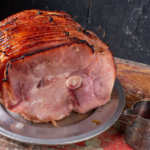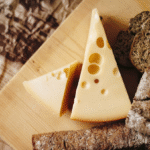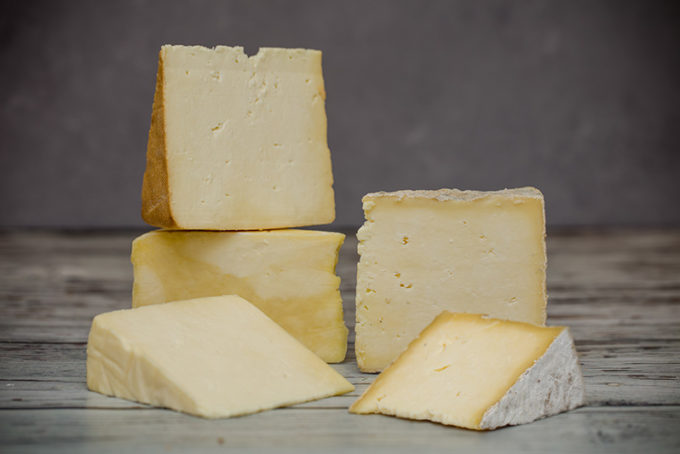Originally produced on plantations outside Cardiff in Wales to consume excess milk, Caerphilly, spelt Caerffili earned an online reputation as the preferred cheese of the local coal miners. The miners commonly brought cheese down into the mines with them while they worked, wrapping cheese in a cabbage fallen leave to secure it.
It’s stated that the miners preferred Caerphilly as a result of its thick, durable rind; its salt content, which replaced much-needed electrolytes the miners lost while sweating in the mines; as well as its greater moisture content, which maintained it from drying. The miners additionally erroneously believed that the cheese absorbed toxins in the air underground.
If you need to buy Snowdonia Cheese, please click on the link.
Unlike industrial selections, conventional Caerphilly has a supple texture more similar to a Brie-style cheese, than aged cheese. Underneath the natural grey rind of each wheel is a layer of this velvety, softer-textured paste, with a lighter-coloured, chalkier section of the paste in the centre. The tastes vary from lemony to barnyard or mushroom more intricate, as well as tasty than the mass-produced variations.
As cheesemaking started to industrialize and consolidate into manufacturing facility manufacturing in the U.K. in the early 20th century, several farm producers of Caerphilly were shed. At the beginning of World War II, the British federal government mandated that just hard cheeses could be generated in an effort to use the country’s milk books purposefully. Unfortunately, this suggested Caerphilly was produced less, as well as less.
How Caerphilly is Made?
Entire milk, sterilized or raw, is warmed carefully, and then starter cultures are added to start fermentation and reduced the pH of the milk by converting lactic acid to lactose. The rennet is added, and the milk is permitted to coagulate right into a solid, yet lively, curd.
The curds are cut into tiny cubes, then delicately heated, as well as mixed, to get rid of whey and firm up the curds. The whey is drained off, and then the curds are cut into stacked, pieces, and turned a few times to aid to push out more whey. At this moment, the curds are broken into little items and combined with salt before being ringed into plastic cheese kinds lined with cheesecloth.
The cheese is then pushed to tighten the wheels, as well as get rid of more wetness, either with weights or with a press. The cheesecloth and kind are got rid of, the rind is salted, as well as the wheels are allowed to air completely dry so that the peel can begin to create. The approximately 10-pound wheels are matured for as much as 10 weeks prior to being packaged, as well as marketed.

 Turkey Certificates Explained: What Every Home Cook Should Know
Turkey Certificates Explained: What Every Home Cook Should Know  Why Swiss Cheese Slices Deserve a Place on Your Foodservice Menu
Why Swiss Cheese Slices Deserve a Place on Your Foodservice Menu  Dining with the Skyline: Planning the Perfect Dinner with a View Singapore Experience
Dining with the Skyline: Planning the Perfect Dinner with a View Singapore Experience  Essential Tips for Choosing the Right Knuckle Bandages: The Ultimate Guide
Essential Tips for Choosing the Right Knuckle Bandages: The Ultimate Guide  Rasoi – A Fine Dining Indian Restaurant in Amsterdam with a Menu Built Around Real Flavour
Rasoi – A Fine Dining Indian Restaurant in Amsterdam with a Menu Built Around Real Flavour  Creative Candy Stocking Stuffers: The Best Choices
Creative Candy Stocking Stuffers: The Best Choices  Why You Should Stop Settling for Average Corporate Catering
Why You Should Stop Settling for Average Corporate Catering  Festive Feasts at Home: Top Christmas Catering Ideas for Effortless Hosting
Festive Feasts at Home: Top Christmas Catering Ideas for Effortless Hosting  What’s the Skyline Twist with Tallest Rooftop Bars in Singapore
What’s the Skyline Twist with Tallest Rooftop Bars in Singapore 